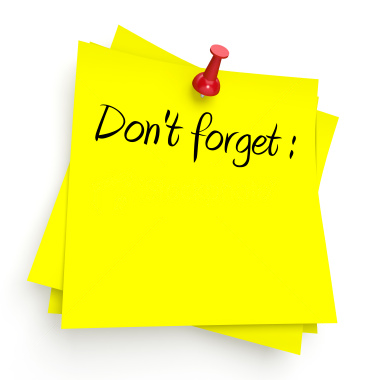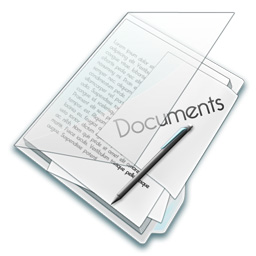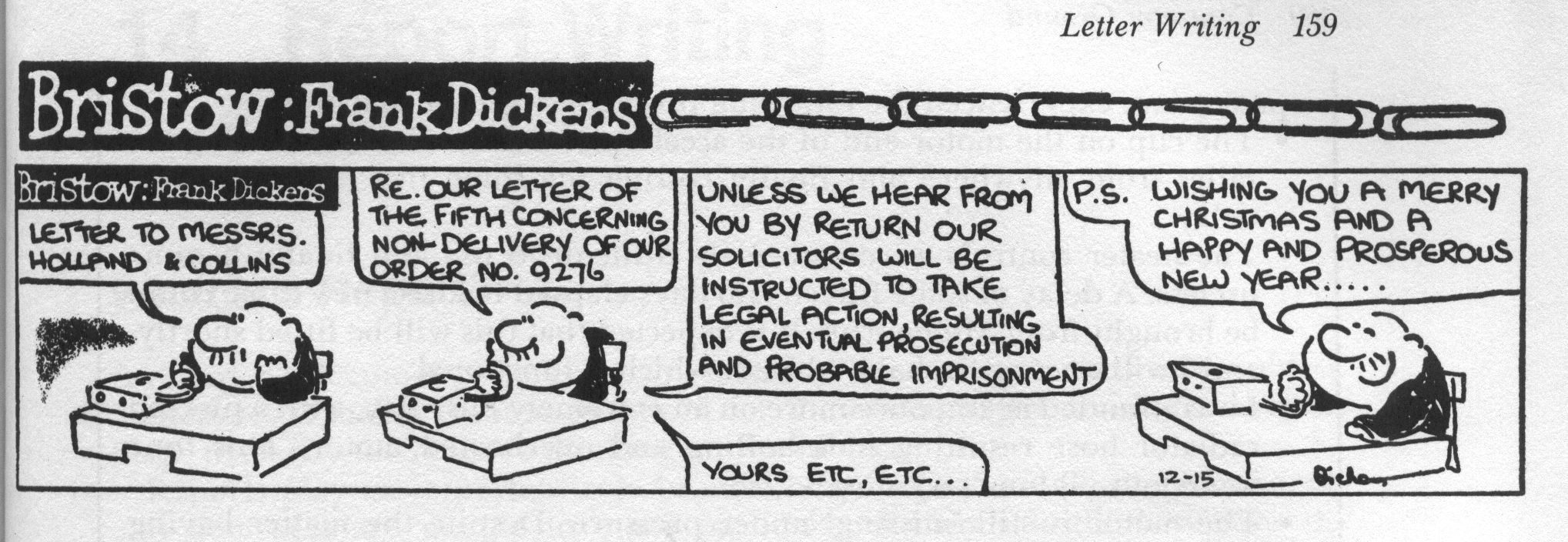

 Your Draft Report is due this week. You must submit it through Turnitin (go to the vUWS homepage for the link). There is no need to submit a hard copy unless your tutor has asked for one (Ray's classes). Your report will
be marked
and returned to you to be worked on further. You will have time in class
in week 14 (the last week of semester) to improve and extend your report which is due in week 15 (Stuvac).
Your Draft Report is due this week. You must submit it through Turnitin (go to the vUWS homepage for the link). There is no need to submit a hard copy unless your tutor has asked for one (Ray's classes). Your report will
be marked
and returned to you to be worked on further. You will have time in class
in week 14 (the last week of semester) to improve and extend your report which is due in week 15 (Stuvac).
Quick Links
Class exercise 1: Job application letter case study
Portfolio exercise 2: Writing for the web vs writing for print
Writing style exercises 3: Avoiding discriminatory language
Writing style exercises 4: Writing positively and tactfully
![]()

Download 'Style for Students': this is a really useful little book that was written by one of our (recently retired) Popcomm tutors, Allan Charlton.
Q: Professional writing is about more than deciding which words to put on the page. It is about making decisions based on the audience, the genre and the layout of the document. In the reading, Judy Gregory talks about the differences between traditional print documents and web documents. What are the main points she is making? What are the main points being made about non sexist language by Miller and Swift?
Week 11 – More on professional writing style
At the end of the last
session, we looked at a few techniques for improving our professional writing
style. Over the next few weeks, we'll be working on learning additional
techniques with the aim of learning how to edit your report (and other
university work) more effectively. With help from your tutor, you will
work through a series of exercises
which
will
help make
your writing
clearer, more concise and more professional. You will need to complete at least four of these 'style' sets of exercises for your portfolio .
.
For a detailed overview of this topic, read Chapter 11 of your textbook
What is professional writing and what do professional writers do?

letters: can be conveyed through traditional post or 'snail mail' or via electronic mail, either within the body of the email or as attached documents. A letter is more formal than an email, often uses a company letterhead, has a specific layout and style and conveys information to a specific reader on a specific topic. While letters are seen by many students as an outmoded form of business communication, many businesses still prefer to deal with clients through letters.
email: has become commonplace for both internal and external communication in business. While there is a temptation to believe that email messages are informal and casual (this may be true for personal messages), the rules and conventions of letter writing should still apply to business email.
reports: are commonplace and take many different forms but basically they all have common characteristics which we will look at in future weeks. Basically, reports are organised collections of facts which have been commissioned by an organisation for a specific purpose usually to help decision making.
proposals: often
use report formats and are statements of ideas, schemes or plans
for which the writer hopes to achieve permission , funding or both.
Proposals
use descriptive and persuasive language.
, funding or both.
Proposals
use descriptive and persuasive language.
instructions and proceedures: can include guidelines for workers in an organisation to help them perform a task or function related to their job or instructions for consumers on how to use a product or service.
advertisements, brochures and pamphlets: are used in marketing as well as other general areas like health, community and so on. They are motivational and persuasive in style and should be written with a particular audience in mind. The style is highly rhetorical and the writers and designers spend much time considering the graphics, design and layout
forms and check sheets: are frequently used in business to save time by providing standard layout, key words and phrases, tick boxes and tables. They are the most common form of reporting and information gathering. The design and layout can either help or hinder their effectiveness.
So therefore, even though we may feel that writing as a form of communication is outdated, I would argue that this is a myth. Even when applying for a job, being able to write well is an important asset for a prospective employee. Read this recent article about writing job applications from an employer's perspective.
![]() Class and portfolio exercise 1: Letter writing case study
Class and portfolio exercise 1: Letter writing case study
Read through the following case study titled "Trying to get that job" (Galvin et al, 1992). Discuss with your class, what's wrong with this letter. Answer the questions which follow and rewrite the letter to improve its tone.
Portfolio Exercise 2 Writing for the web vs writing for print
Read through this week's journal article by Australian academic Judy Gregory titled "Writing for the web vs writing for print: are they really so different?" (this is also linked above). What are the main arguments she is making? Choose a newspaper article either the Daily Telegraph or Sydney Morning Herald and compare reading the online version with the print version published on the same day. How are they different in terms of layout, information and any others things which might influence how you read them. Give some specific examples and don't forget to include the references (and maybe a screen shot or two) to the two stories that you have looked at.
More writing & editing exercises
As we noted previously when discussing the concepts of 'doublespeak' and 'meaning', language is not a neutral medium that only conveys the 'intended' meaning of the writer or speaker. In some ways it can be compared to a sponge which both soaks up and reflects the milieu in which it is used (a sponge will become discoloured if being used to wipe up dirt), while also having an impact on the environment or purpose for which it is being used (a dirty sponge will soil or contaminate a clean surface).
Language therefore, can
potentially offend and discriminate by carrying hidden meanings, by being
non-inclusive and by expressing bias in favour of one gender over another.
Like the dirty sponge, this is often not intentional or even known to the
writer. 
3. Avoid sexist and discriminatory language
Discriminatory language is that which, either consciously or unconsciously demeans or stereotypes another person or group of people. Australian legislation (eg The Racial Discrimination Act 1975, Sex Discrimination Act 1984, Human Rights and Equal Opportunity Act 1986) makes it illegal to discriminate on the grounds of race, colour, national or ethnic origin, gender, sexual preference, marital status or physical impairment. It is also illegal to express ridicule or racial hatred. Some “rules of thumb” include:
• Avoid using male-dominated
terms to describe occupations or roles that are shared by both men and
women eg use “chair” or “chairperson” instead of “chairman”.
• Traditionally “he”, “his” and “him” were
neutral pronouns, yet there are alternatives you can use such as the plural pronouns “they” and “their”.
Use “he” or “she” sparingly eg “If a student is
late, ask them to explain.”
• Eliminate the unnecessary mention of a person’s gender, as in “lady
doctor”, “male nurse” or “female engineer”.
• It is not necessary (or desirable) to change every word ending in “man” to “person”.
It may be better to think of a more inclusive term eg the nursing rank of “matron” is
now referred to as “nursing-unit manager”.
SEXIST
NON-SEXIST
Each student must submit their essay.by Friday My assistant will answer the telephone You and your partner are invited to the party Supervisor Actor Staff or workforce Worker, employee Cleaner
Discriminatory language has impacts beyond sexism. It also impacts on the way people with disabilities think of themselves. Check out this page on language use from an Australian organisation called Advocacy for Inclusion.
Finally, here's an interesting journal article from Matthew Cotter (2007) published online in the International Journal of Language, Society and Culture titled The Influence and Effects of Discriminatory Language in New Zealand.

Check out this flash tutorial on Avoiding Discriminatory Language. It covers not only sexist language, but other forms of discrimination as well.
Writing style exercises 3: Download these exercises on avoiding sexist and discriminatory language. (Sorry, this won't work on an iPad).
Here are some suggested answers with explanations.
4. Write positively and tactfully

Polite writing always uses a positive tone, never displays rudeness or impatience. People can be unintentionally (or intentionally) offended by poor choice of words. Careful word choice will help avoid a negative response and more likely get people to do as you are asking. Poor choice of words can create unintended meanings and negative reactions from our readers. Always put yourself in the reader's shoes (empathy) and think how you would react to this kind of message.
Writing style exercises 4: Download these exercises on impolite expression and poor tone.
Here are some suggested answers
Finally …
Most universities and larger organisations have policies on non-discriminatory language. Some good examples are:
University of Western Sydney (UWS).
Victoria University (check out the practice exercises at the bottom of the page).
Our textbook has been newly revised especially for this unit. Most lectures and many class activities will be based on the book, so we recommend that all students have access to a copy and bring it to class every week. Copies will be made available in the Library Closed Reserve.
In addition, class discussions and presentations will be based on more specific readings on the weekly topic. These can be found under the 'Tutorial Readings' tab at the top of this page.